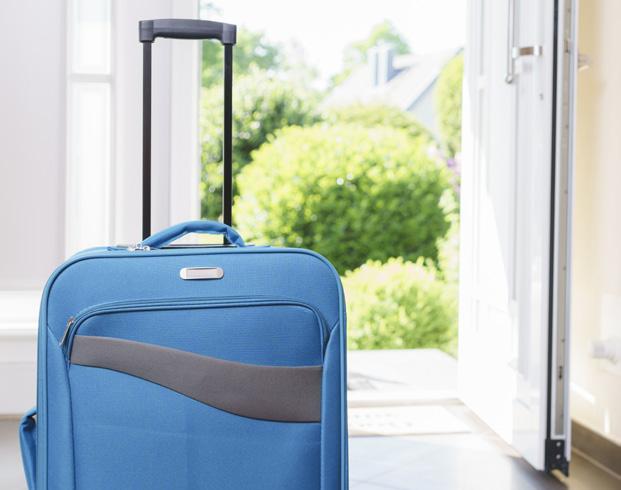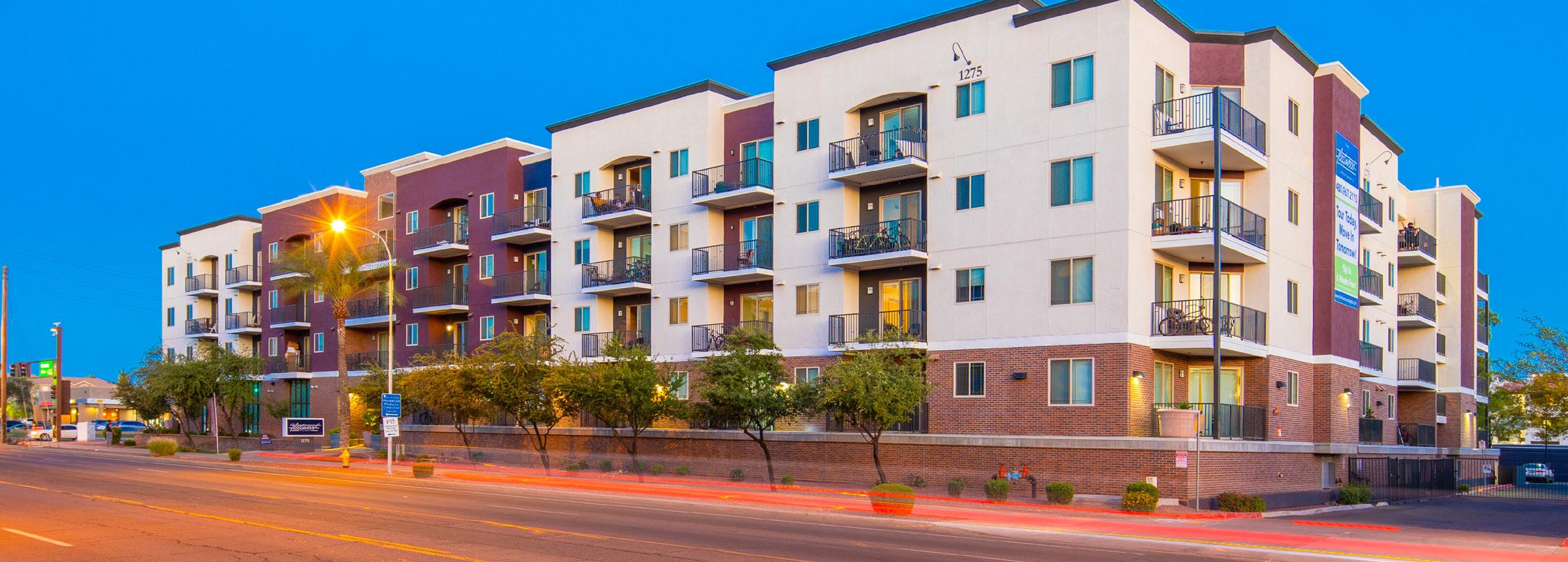
3 minute read
ZEITGEIST: NEWS HIGHLIGHTS
ZEITGEIST –SIGN OF THE TIMES
Multifamily Rent Collections During Covid-19
The U.S. Census Bureau commissioned a 12-week Household Pulse survey to collect data on how people’s lives have been impacted by the COVID-19 pandemic, including their confidence in their ability to pay rent. In late April, 65% of the 75 million respondents reported “moderate” to “high” confidence in their ability to pay May’s rent. By late July, 61% of the respondents reported similar confidence. The Federal Government stimulus and enhanced unemployment benefits provided under the CARES Act likely played a vital role in keeping confidence levels high in the early stages of the pandemic. Those enhanced unemployment benefits are now expired so apartment owners and property managers are concerned about rent collections in the months ahead.
The National Multifamily Housing Council’s (NMHC) tracking of rent payments from 11.4 million professionally managed apartments reported 94.6% of apartment households made full or partial rent payments in April compared to 97.7% in April 2019. As people started to receive stimulus checks and enhanced unemployment subsidies, the payment percentage strengthened. In July, 95.7% of apartment households made rent payments compared with 96.6% in July 2019.
Despite the reduced confidence levels, tenants continue to prioritize rent payments and rent collections have been resilient in the wake of the pandemic-induced economic shutdowns. [Editor’s Note: Strong rent collections are likely correlated with the amount of time residents are now spending at home. When your apartment also functions as an office and/or school, paying your rent and keeping a roof over your head is more important than ever.]
Managing Apartments when Everyone’s at Home
Most Americans are now at home most of the time. On the one hand, landlords appreciate this new dynamic because residents are valuing their apartments more than ever. On the other, it’s creating several new operational woes including increased wear and tear (the living room is the new playground), trash pileups (the community dumpster is the new office trashcan and the number of Amazon boxes has grown exponentially) and vastly increased utility demands (air conditioners running all day). Coupled with the enhanced Covid-19 related cleaning protocols required in the clubhouse and amenity areas, landlords are seeing meaningful increases in operational expenses.
The good news for apartment owners – you still can’t sleep on the internet.
[Editor’s Note: Pathfinder – like most institutional apartment owners – bills back residents for most utility costs so if tenants use more power, they pay for it.]
Class-A Apartments Struggling Amidst Pandemic

According to a recent Marcus & Millichap report, Class-A apartments – newer, more expensive communities (often high-rise buildings) in affluent areas – have experienced an 80-basis point increase in vacancy to 5.7% in the first half of 2020. This increase has been driven by residents’ need for less expensive housing and/or residents relocating to less urban and more spacious areas. Absorption – the speed at which new apartments are leased – in newly built Class-A communities was down 75% in the first half of 2020. Rental rates in Class-A apartments were also down 1.5% nationwide with uber-high-end areas disproportionately impacted. San Francisco saw a 6.2%
drop in rental rates. New York City, which hosts some of the most expensive apartments in the nation, saw an estimated 420,000 people – 5% of the population – leave the City during March and April; it’s unclear how many residents have come back. [Editor’s Note: Pathfinder has been fortunate to see an increase in occupancy over this same period. We believe our portfolio of mostly garden-style, work-force apartments has benefitted from the exodus of residents of urban, Class-A, high-rise communities.]






